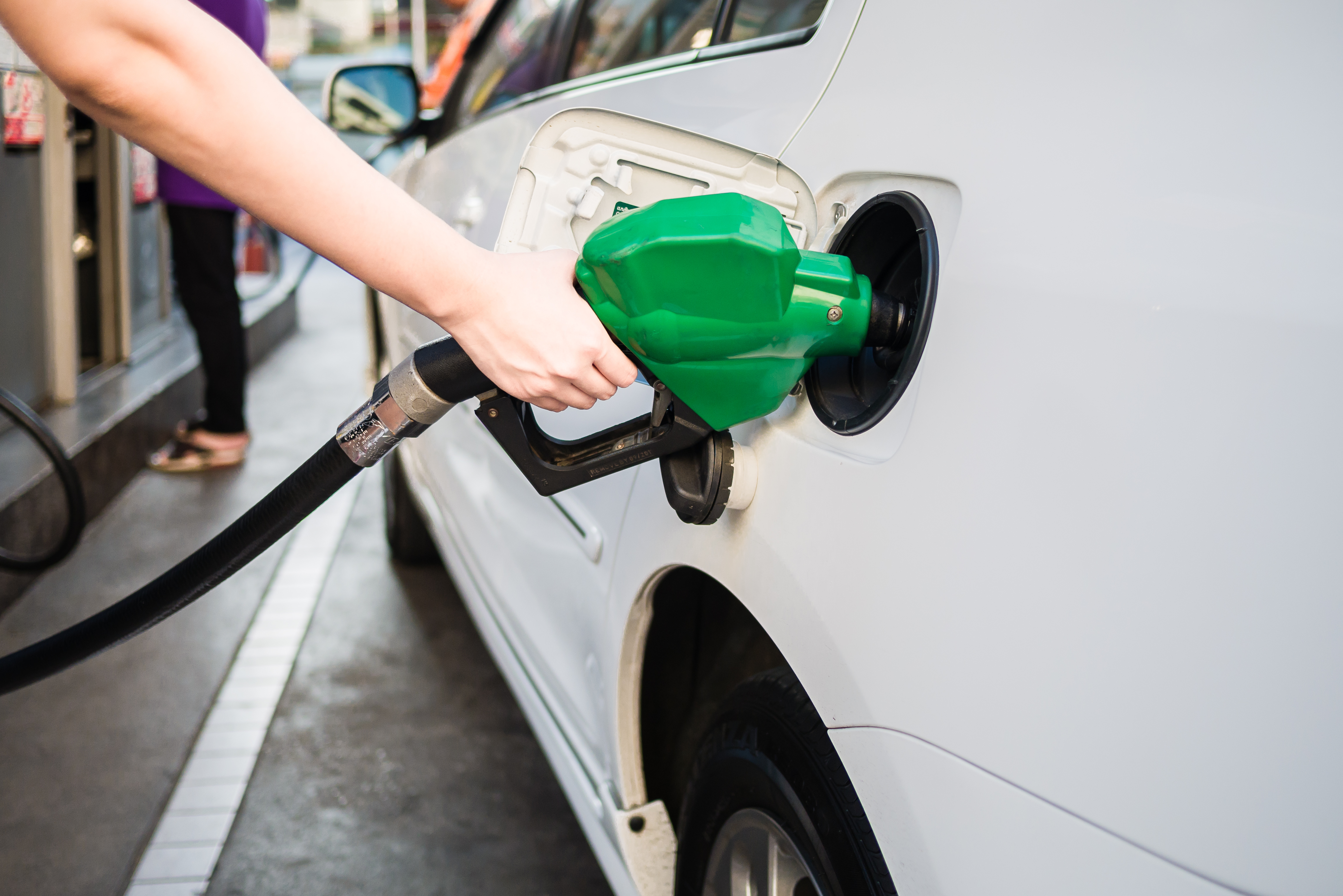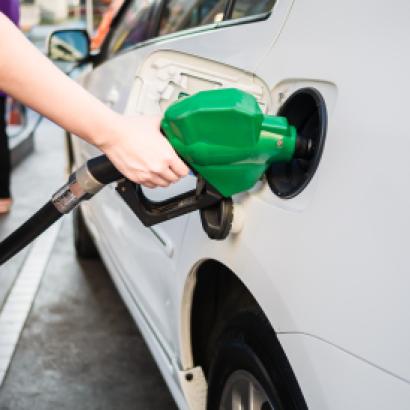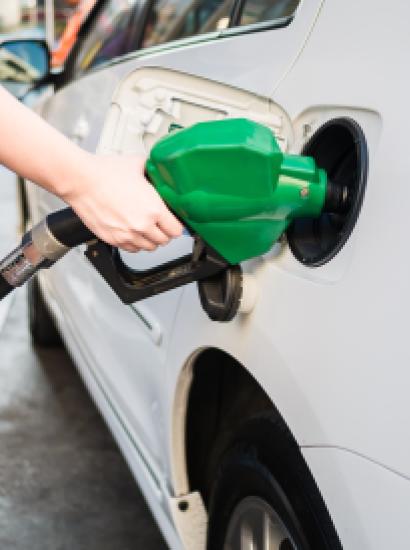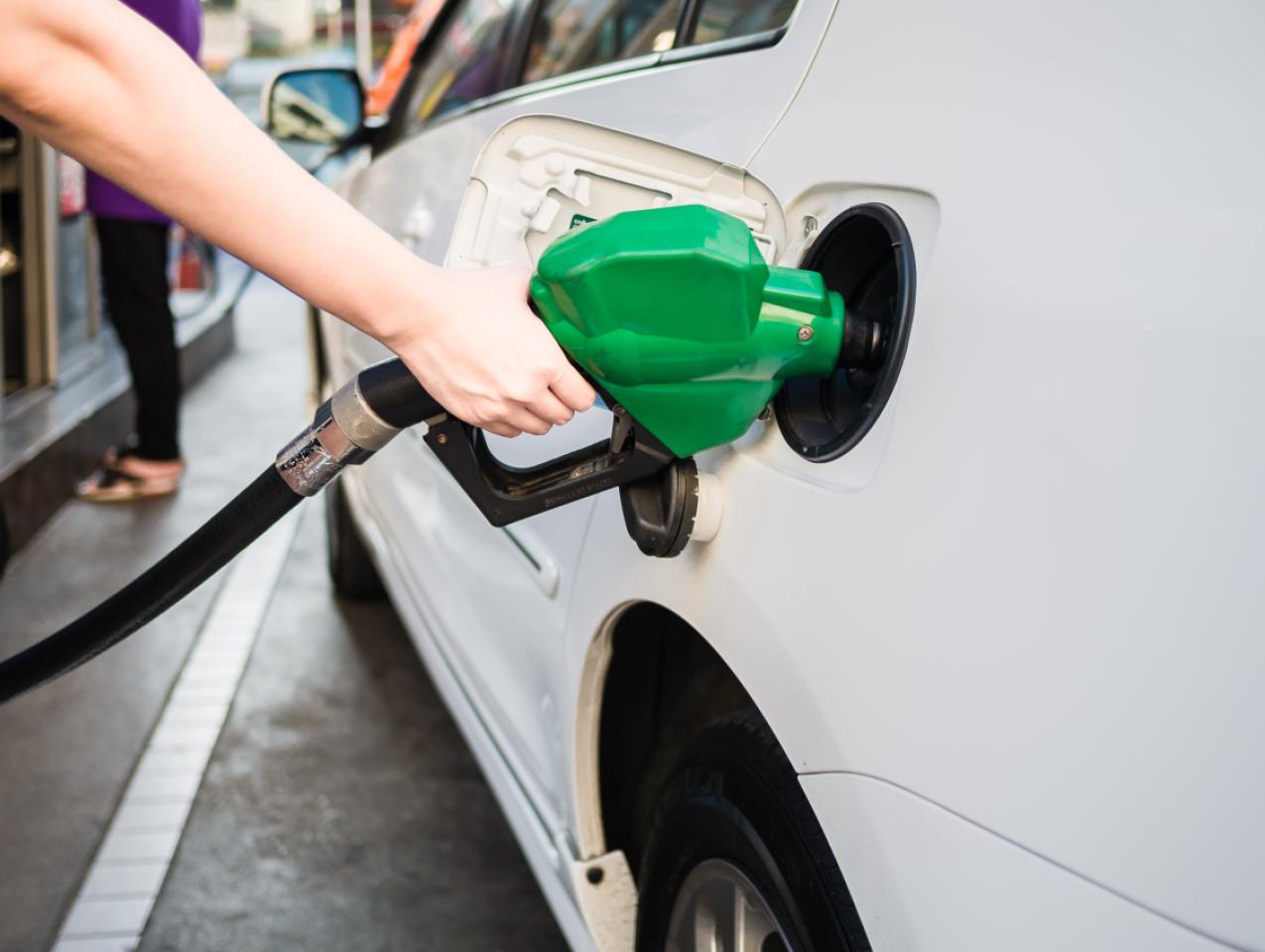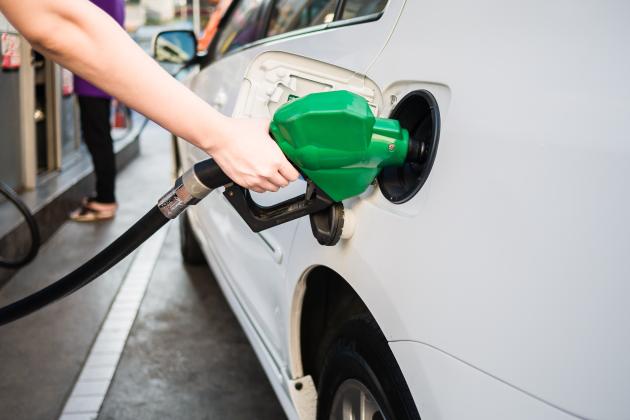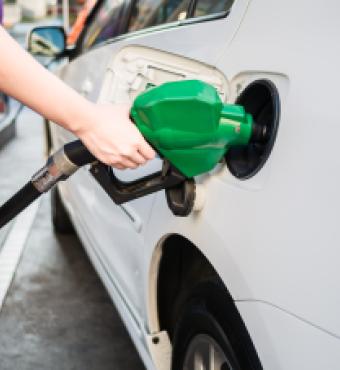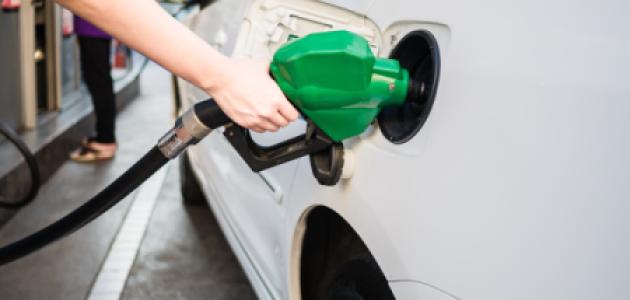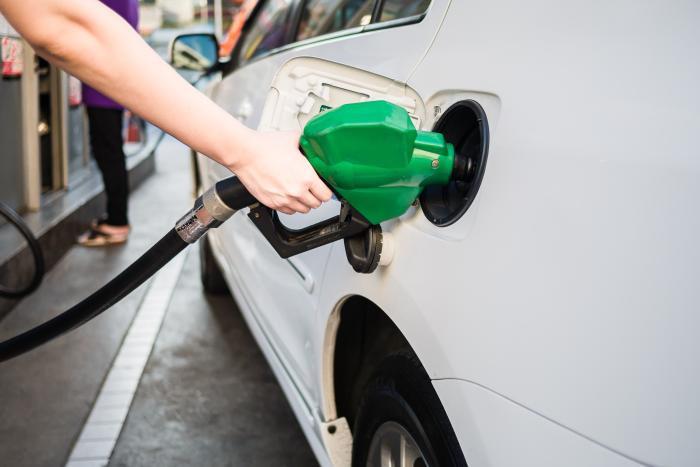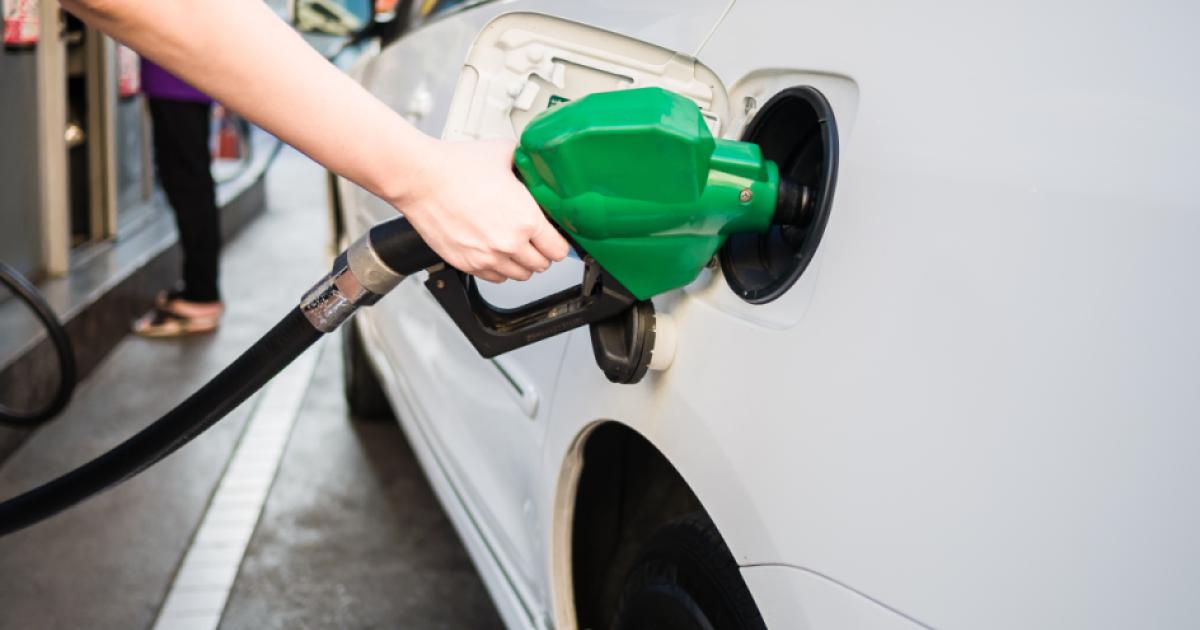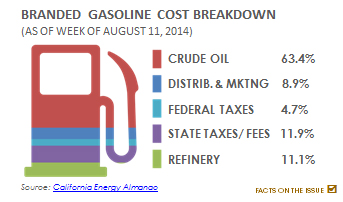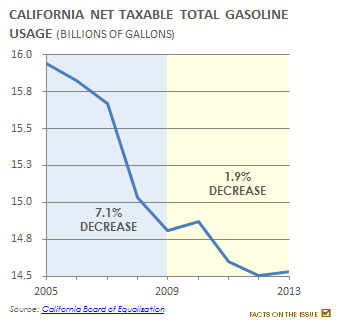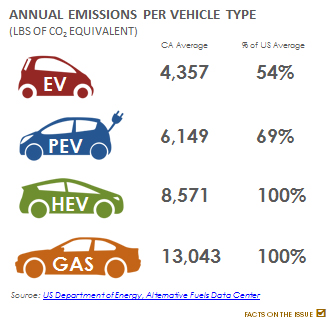In one of the more memorable statements in his fourth inaugural address, Governor Brown pledged to ensure that California would cut the usage of petroleum in the state’s vehicles by up to 50 percent by 2030. While the Governor’s proposal got a lot of publicity, on closer examination, it figures to be far more sizzle than steak.
There are several obvious problems with the plan. First, Governor Brown will be long out of office by the time 2030 rolls around, and future Governors will be able to alter, amend, or ignore this goal should they so choose. Second, demographics will provide substantial headwinds. With California’s population expected to grow approximately 20 percent by 2030, gasoline use would need to drop by 20 percent just to keep even, much less drop by half. Third, the timeline may prove an insurmountable challenge. If the Governor is expecting California to achieve its reduction through new vehicle technologies, it should be noted that vehicles usually take several years to develop, so even if the auto market were to universally follow California’s lead, it would be close to 2020 before more fuel efficient vehicles began showing up in California showrooms.
More importantly, the average American car is about 11 years old further exhibiting the lag time it would take to get existing vehicle stock off the road. This means, even if we charitably assume that everyone buys a more efficient vehicle as soon as it is available, the Governor’s plan is highly unrealistic.
For example, advanced powertrain vehicles such as plug-in hybrid electric vehicles (PHEVs) and electric vehicles (EVs) made up less than 3 percent of California light-duty vehicle sales in 2014, despite aggressive state incentives that have made California sales almost 40 percent of national electric vehicle sales. Hybrid sales in California, fifteen years after the introduction of the Prius, and with dozens of other models available, are still less than 7 percent of California vehicle sales. While this is far from negligible, it is also far from transformative. The easy customers for these cars have already been reached. And when it comes to pure electrics, Silicon Valley’s Tesla buyers, who make up a significant portion of California EV sales, don’t exactly represent the typical car buyer. In a few years, it is possible that with new vehicles (Tesla Model III, Chevy Bolt concept, etc…) we might have available EVs that are vaguely appealing to the average consumer, but for the foreseeable future, there will be significant trade-offs between EVs and conventional powertrains (costs, distances, and power being just a few). Given the hollowing out of California’s middle class, expecting them to pay thousands extra – including gas savings – just to drive greener cars, is more wishful thinking than policy reality.
Meanwhile, automakers seem poised to push back on the Obama Administration’s aggressive new fuel economy standards and implementation timeline. Keeping these regulations “as is” is presumably a key part of the Governor’s plan, as it allows Washington to do the heavy lifting in mandating fuel usage reductions.
The Governor also cannot count on high-speed rail; the system’s projected completion date of 2029 is likely to be wildly optimistic. Ridership projections on such projects are almost always substantially inflated, and even if the system somehow hit its projected ridership numbers, it would have only a modest impact on fuel burn. Additionally, there appears to be little appetite among Californians for “walkable communities,” “smart growth,” and other similar “soft” methods of achieving gasoline usage reductions, and even if fully achieved, they would only make a minimal dent in fuel consumption.
Perhaps the Governor is counting on the revived Low Carbon Fuel Standard (LCFS) for much of the reduction. This policy, which forces Californians to reduce the carbon content of their automotive fuel, will boost alternatives including electricity, natural gas, hydrogen, and biofuels. But none of these fuels are necessarily environmentally benign, and all of them, depending on the application, can have substantial cost penalties as compared to petroleum. While the AB 32 cap-and-trade induced motor fuel price increase, even if it was modest, was masked by oil prices in a global free-fall, Governor Brown would unlikely to be so lucky with LCFS-induced price increases.
A final reason for skepticism comes from the pledge’s fine print. Governor Brown did not announce a 50 percent reduction, but rather he announced an “up to” 50 percent reduction, giving Democrats substantial wiggle room to still declare victory even if 50 percent is not achieved. Unfortunately, the proposed 50 percent reduction on California’s gasoline use has all of the indicators of a politician looking to burnish his legacy, suggesting taxpayers should be skeptical.

LOW CARBON FUEL STANDARD
Governor Arnold Schwarzenegger first established California’s Low Carbon Fuel Standard (LCFS) program in 2007. By 2020, the LCFS program calls for at least a 10 percent reduction in California’s transportation fuel carbon intensity over its lifecycle (to a maximum of 86 gCO2e/MJ). To meet this reduction, the LCFS orders the Air Resources Board (ARB) to cap allowable fuel emissions and manage a trade system, whereby petroleum importers, refiners, and wholesalers may buy credits from low carbon fuel companies to off-set their carbon intensity.







